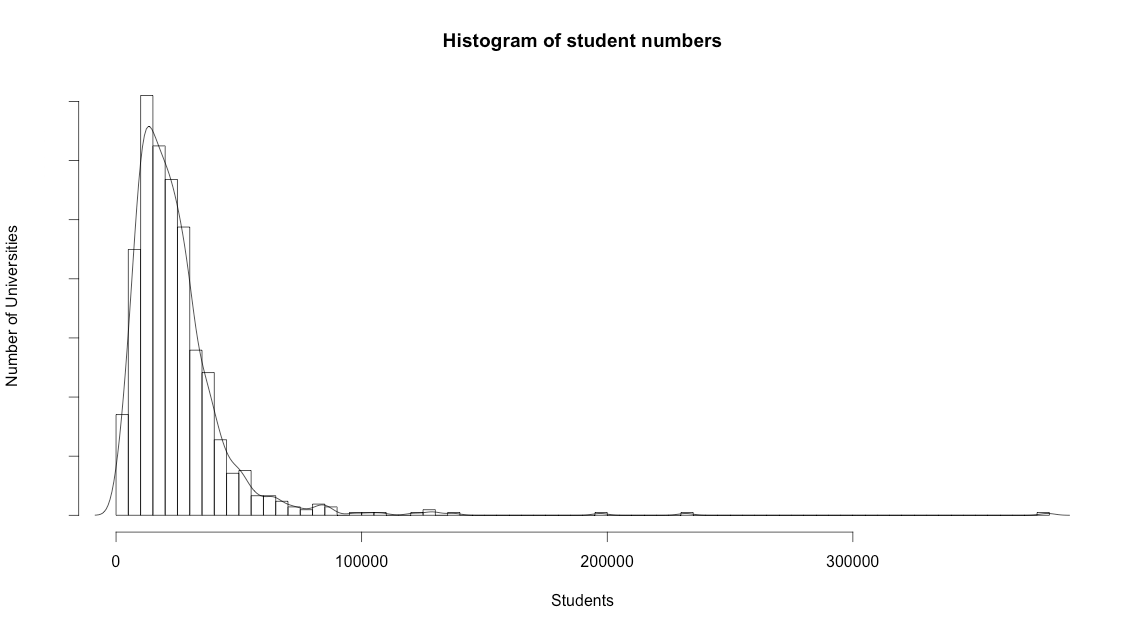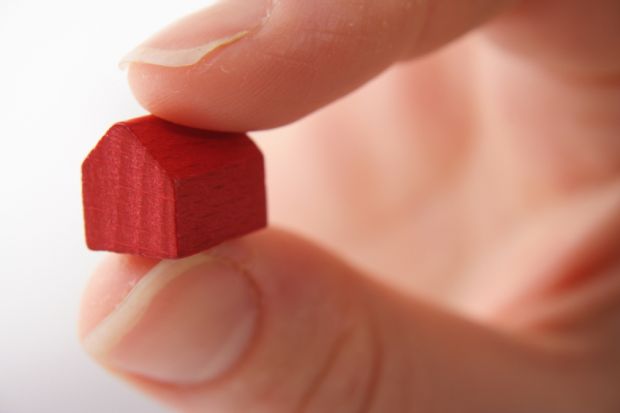View the world’s best small universities 2016 results
Are different sized universities different? Is size an issue in education?
Logically, you would think that this would be the case. After all, in commerce people are well aware of the benefits of size – the efficiencies that can be produced when you bring core functions together. And on the other side, we’ve probably all suffered from the mega-corporation that seems unable to change and adapt as circumstances might require.
Perhaps the same is true in education. If we could explore large, or small, universities, we might find something unique – a particular mission or flavour.
So how might we decide what a small university is?
First, let’s remind ourselves of the biases in our dataset.
- We're limited to the universities that participate in the World University Rankings
- Universities need to publish 1,000 academic papers over five years
- They need to be broad-based rather than specialist
- They need to have significant undergraduate teaching.
There are a range of things that we could use to determine size – endowment, staff numbers, and so on – but we’ve decided to focus on the number of students. For these purposes, we mean the entire student body: undergraduates and graduate students.
So let’s look at the data. First, the obvious: ranges.
Our largest university is Andalou University, Turkey, which specialises in open access. The number of students (or at least FTE students) is more than 300,000.
Our smallest university is Scuola Normale Superior in Pisa, with fewer than 500 students. However, it’s focus – like many of the very smallest - is too narrow for our small university league table.
What might you expect typically? Well, the median number of students is 20,376 – stand up the University of Pennsylvania!

It’s clear from that chart that we’re looking at the lefthand side – probably below 10,000 students.
If we zoom in, this is what we see:

(Median highlighted in red)
So how should we define small? In the end we went for the simple definition (apologies to the anti-base10ers) of any university with fewer than 5,000 students.
Of course, while this is intended to identify those that will “feel” small to students, there are many larger institutions that manage to feel small by a number of approaches: multiple campuses, distinct subject groupings, colleges and so on.
Finally, a few thoughts about these institutions. Originally, I thought that these would mainly be old universities that had managed to hold on to their uniqueness despite the pressures of modern life. In fact there are a lot of older institutions, a few US ones dating from close to the rebellion, and a group dating from the late 1800s, but there are also newer institutions in the list.
And where should you go if you want to be in a small university? There are a few specific European holdouts, but your best options are either the US or Japan.

Duncan Ross is data and analytics director at THE.
后记
Thanks to Elizabeth Martins and Nicki Horseman for work on this project.




